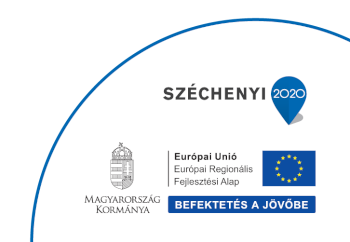Erasmus Music In Education

Project Title: Good practices in music - for social inclusion
Project Start Date: 2020-12-31
Project Total Duration: 24 months
Project End Date: 2022-12-30
Project ID: 2020-1-HU01-KA229-078829
Participating partners:
Symphonia Alapfokú Művészeti Iskola
Hungary
Základní Umelecké Škola Kraslice
Czech Republic
Summary of the project:
CONTEXT/BACKGROUND
Our project is built around exchanges of best practices between a CZ and a HU school of music, to liven up music education, and thus to lessen early school leaving, our basic problem here.
It affects 80-90% of the HU school’s pupils, and to a lesser extent, but it is also present at the CZ school.
Both Kraslice (CZ) and Miskolc (HU) are in countries of the former socialist block. They both faced economic difficulties during the economic transition (from the 1990s). Miskolc is a former centre of heavy industry, Kraslice’s area was “the” manufacturer of music instruments for the COMECON. With the collapse of the socialist market, both cities suffered severe economic setback, with unemployment rates soaring – and the production is still struggling to find a new equilibrium and productivity.
Naturally, this affects pupils as well – there are many living in economically disadvantaged circumstances/poverty.
We met through informal channels (via a renowned clarinet artist), and during discussions we found that we are both working towards the same aim (to further our pupils’ interests through motivating them), by different methods. We decided to find a way to compare and exchange our best practices.
OBJECTIVES
Our main priority is contribution to the lowering of early school leaving %, and the secondary objective is strenghtening the profiles of the teaching professions.
We also took on the topics Disadvantaged children and Creativity and culture.
Through the exchange of best practices we can offer our teachers knowledge about music education as a tool to make school more attractive, and to make pupils stay in the system till the end of their elementary studies –lowering the early school leaving %.
By the new techniques/methods and knowledge about ways of combating early school leaving we also contribute to the strengthening of the teaching professions’ profiles.
Creativity and culture are naturally linked with music education; and the majority of our participating pupils will be of disadvantaged circumstances – the project can serve both as a direct stimulus to them, towards staying on board with their studies, but through the combined best practices we can act in the interests of further disadvantaged pupils as well.
PARTICIPANTS
Our direct participants will be staff and pupils from both schools, taking part in the project events.
We plan to include 2*5 staff members in the short-term staff learning activities as travelling staff, and about 20-25 more per school as receiving staff.
2*13 pupils will travel through short-term pupil exchanges, with 2*5 staff members accompanying them. We’ll encourage as many of the “local” pupils as possible to participate as well (the school’s population taken into account in this project are 500 and 600 respectively).
Indirect participants include parents, friends and the wider public, at the pupil concerts – and the professional staff of further schools reached through dissemination.
ACTIVITIES
We plan 2 short-term staff trainings and 2 short-term pupil exchanges, concerning 2*5 staff, 2*13 pupils and 2*5 accompanying staff.
We also plan 14 other project activities throughout the period, with entry/exit/in between measuring; preparation for the exchanges, relying the experience to colleagues, fusing the best practices, evaluations, dissemination, and of course the managing of the whole.
METHODOLOGY
We’ll get acquainted with each other’s best practice in a preparation period and through training occasions in person.
We’ll offer our staff to widen their knowledge, strengthen their methodology base, gain insight into the two countries’ music education systems.
Better prepared teachers can better implement the best practices acquired, they can also contribute towards the fusion of these, to form a new incentive tool that can help lowering the early school leaving %.
The pupils will go through a preparation period too, to get cultural, social and linguistic knowledge that can make their exchange more successful. By performing at 2 concerts during the exchanges, they will also enhance the cultural aspect of the project, and help raising awareness.
Their participation in the project will also be a motivation for them, to study.
RESULTS/IMPACT
Expected outputs:
- 2 short-term pupil exchanges (with 1 joint concert each)
- 2 short-term staff exchanges (with 1 best practice each, plus a joint course)
As a short-term result, we expect to amplify our teachers’ knowledge.
On a mid- to long term timescale we expect all these to contribute to the lowering of early school leaving % in both our schools.
We expect a change of attitude from the participants.
LONG-TERM BENEFITS
On the longer term we want to build into our school's work plans the new tools/best practices (after elaboration and fine-tuning).
We also wish to continue working on the fusion of the two best practices into a nation-level system of incentives through music education.
The project was co-founded by Erasmus+ Programme of the the European Union.
A group of Hungarian music teachers (9people) and students (12 people) took part in a student exchange in Kraslice. They started the journey on the 10th of June 2022 from Miskolc to Locket. On the next day they visited Frantiskovy Lazné, in the afternoon they had a concert in here. On the 12th of June they travelled to Klingenthal (Germany) to see the concert of Big Band, which is a band of Kraslice city. In the afternoon, they visited the Musical Instruments Museum of Markneukirchen. The next day they visited Krlovy Vary and talked about poverty and economy with the students. In the evening, they had a joint concert with the students and teachers of the Music school of Kraslice. They travelled home on the 14th of June from Locket to Miskolc.
The Czech group of music teachers and students arrived to Miskolc (Hungary) on the 26th of May 2022. They performed a joint concert on the next day in our school and an other one at the University of Miskolc.. On the 28th they visited Lillafüred, Miskolctapolca and spoke about the similarities and differences of the two country, the two city where they live, their schools, etc. On the 29th of May, they visited Budapest and travelled back to home.
Már adtunk arról hírt, hogy milyen csodálatos kis településen laktak Csehországban Miskolc-Vasgyári tanáraink és növendékeink. Mivel nagyon sok szépet láttak az út és a programok során, néhány fotómontázsban szeretnénk bemutatni. A program keretében az utazást az Európai Unió Erasmus+ programjának társfinanszírozásával rendeztük meg.
Karlovy Vary-ban is jártunk városnézésen, ami egy elbűvölő település. Az ember bármerre néz, fantasztikus palotákat lát. Nézzék meg Önök is!
Természetesen Csehországban is a zenéé volt a főszerep, hiszen „A zene messzire visz!”, ahogyan iskolánk jelmondata szól. Ezúttal is messzire vitt, hiszen Kraslice-ben, Františkovy Lázně-ben és Klingenthalban (Németország) adtunk és hallgattunk meg koncerteket. Azért mindig jutott idő fagyizásra és városnézésre is. A közös élményben a vendéglátó Kraslice-i Zeneiskola tanáraival és diákjaival együtt osztoztunk!
A program az Európai Unió Erasmus+ programjának társfinanszírozásával jött létre.
Csehországi úti beszámolónkat a németországi kirándulásunk képeivel fejeznénk be. Kevesen tudják, de a környék, ahová a gyerekeket elvittük, az európai hangszergyártás bölcsője. Aki fúvós zeneiskolás volt valaha, az nagy valószínűséggel játszott Amati hangszeren, amit Kraslice-ben gyártottak. A szomszédos, de már német településeken Klingenthal-ban és Markneukirchenben pedig a hangszerek szinte teljes palettáját gyártották manufaktúrákban a harmonikától a nagybőgőig. Ezért is mentünk el megnézni azt a világon egyedül álló gyűjteményt, amit a Markneukirchen-i Hangszermúzeumban őriznek. Itt több, mint 4000 hangszer van kiállítva.
Eredeti hangszerek, melyeken nyomon lehet követni a hangszergyártás évszázados fejlődését. Némely hangszerből már csak egy maradt fenn a Földön és azt itt őrzik, ebben a múzeumban. Külön köszönet Thomas Miklós hangszerész mesternek, aki teljesen egyedi tárlatvezetést tartott nekünk, betekintést engedve a hangszerkészítők varázslatos világába. A kiállítás megtekintése egyértelműen utazásunk legemlékezetesebb programja volt, mely tanárainkat és diákjainkat is egyaránt nagyon elvarázsolta. A program az Európai Unió Erasmus+ programjának társfinanszírozásával jött létre.
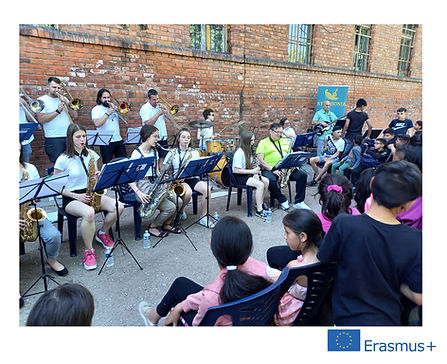
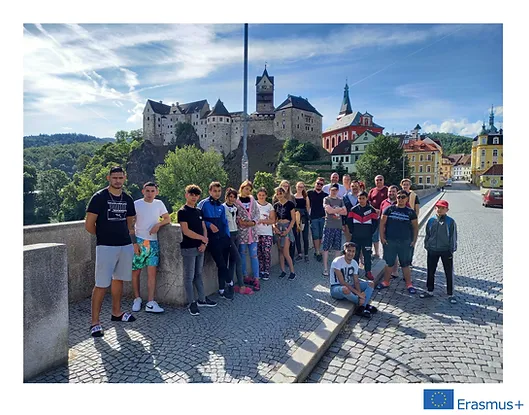
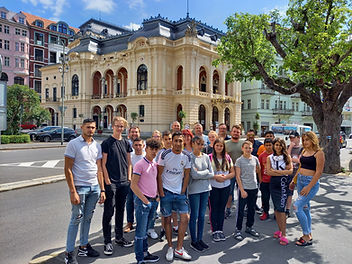
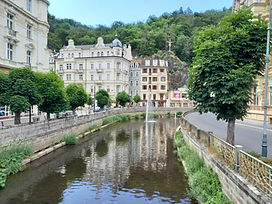
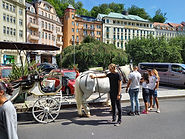
FUSION OF BEST PRACTICES - P10
A collection of recommended best practices to prevent early school leaving

